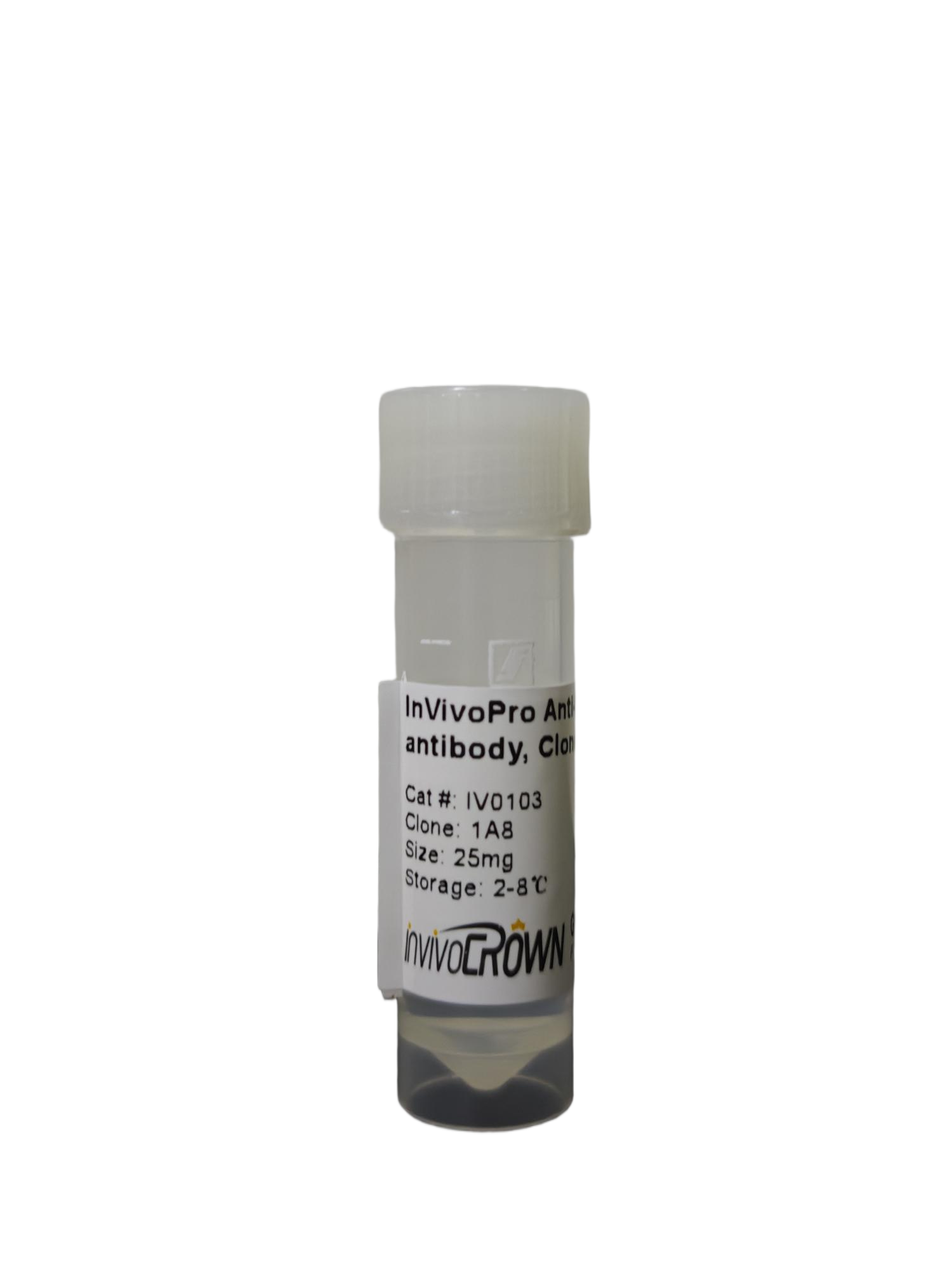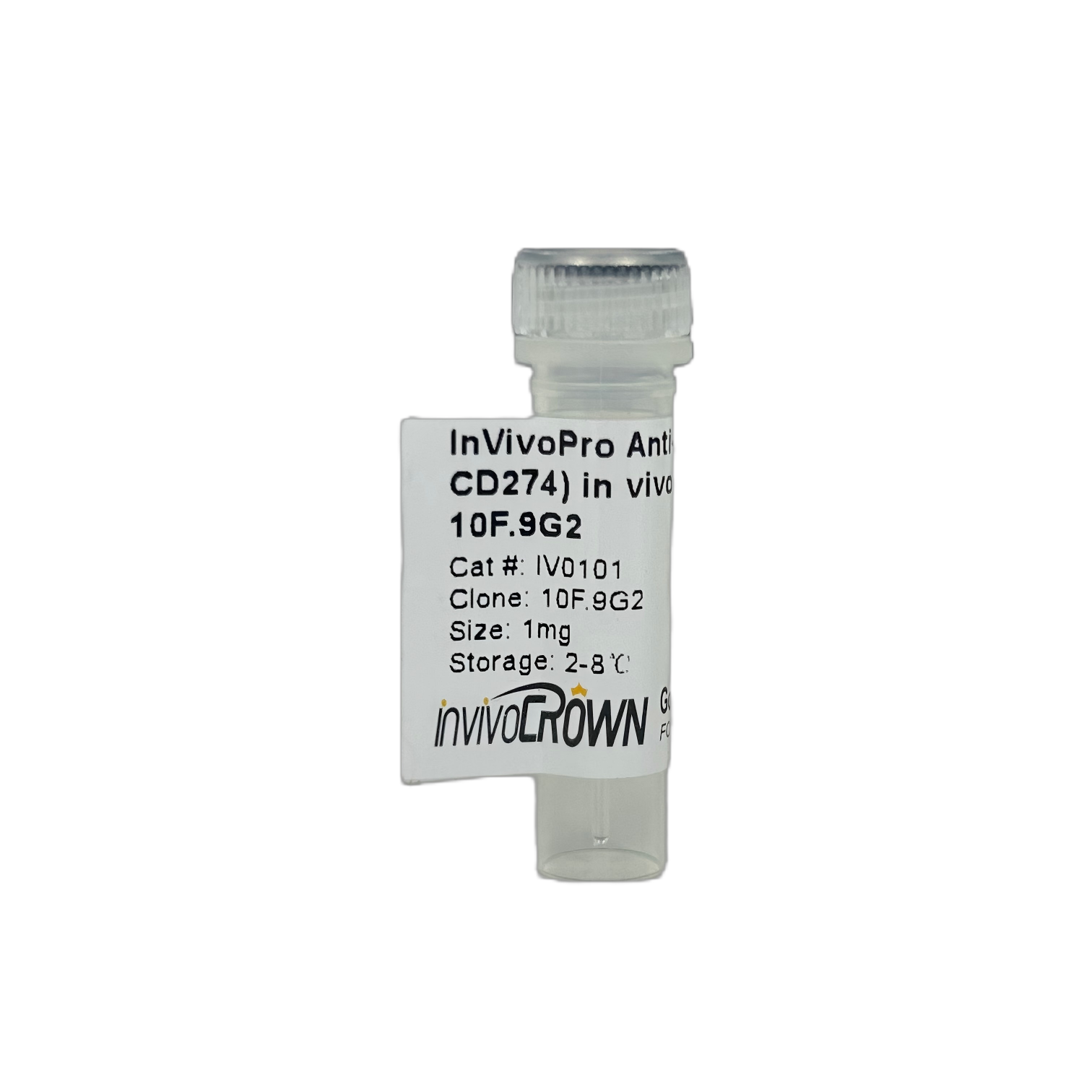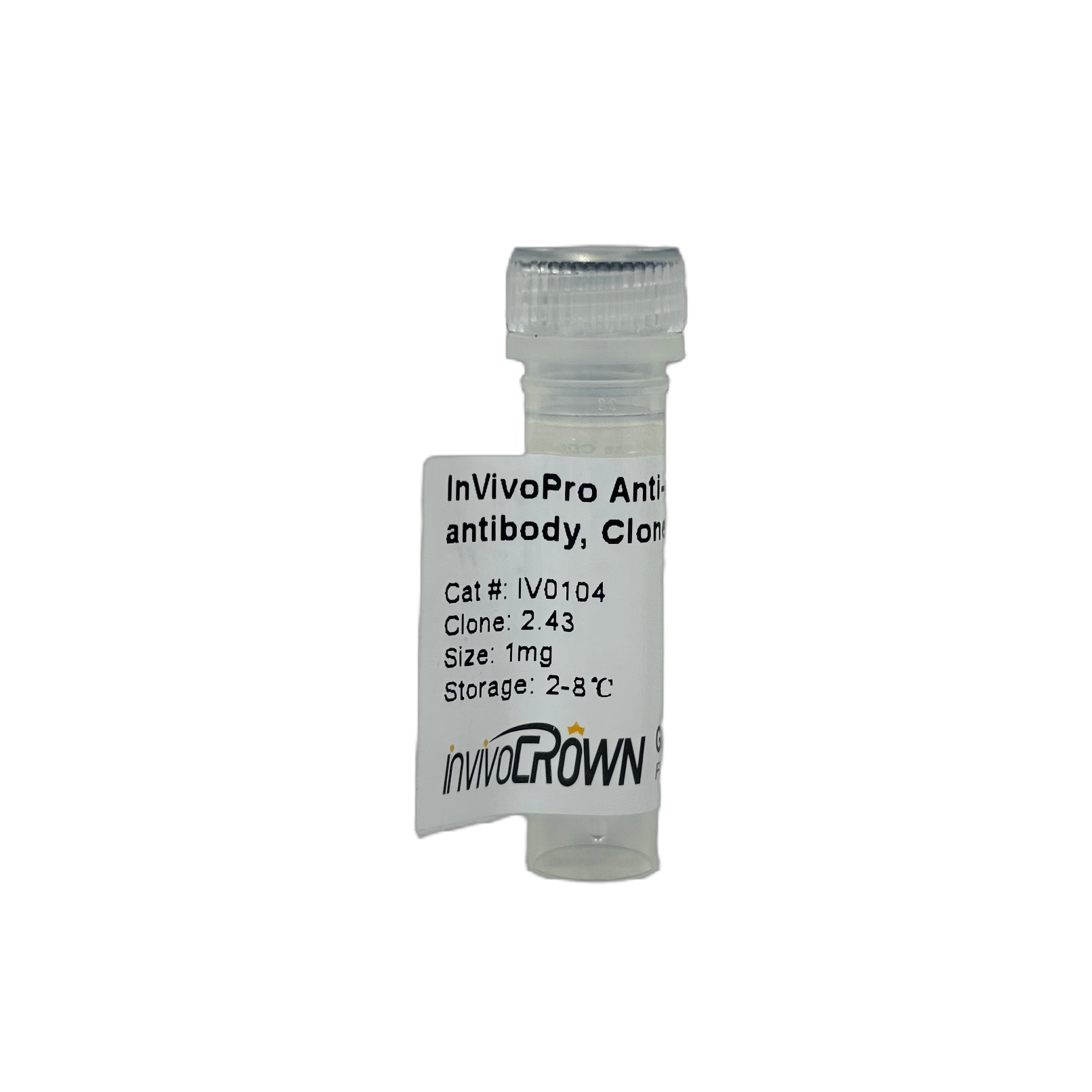- Home
- Products
PRODUCT TYPEInVivoPro
Discover our extensive collection of research-grade antibodies,
Isotype Controls
rigorously validated for in vivo applications.Precisely identify antibody-specific signals using matched isotype controls optimised for in vivo experimentation.
BiosimilarsInvestigate biological therapeutic mechanisms with cost-effective, research-grade biosimilar antibodies.
RESEARCH AREA - Custom Services
- Resources
- About us
- Contact us





